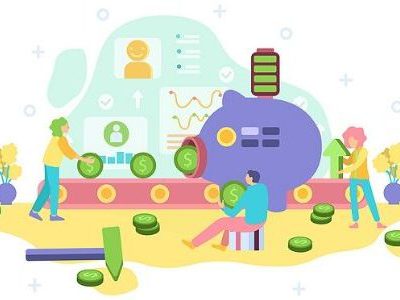The Different Types of Business Plans
This article is part of our Business Planning Guide—a curated list of our articles that will help you with the planning process!
Business plans go by many names: Strategic plans, operational plans, internal plans, Lean Plans, and many others.
Lately, I’ve been focusing on the Lean Plan. There are also one-page business plans, although those are really more summaries. Of course, there are traditional business plans, which can also be called formal business plans, or wow-do-I-really-have-to-do-all-that business plans.
You might need different kinds of business plans depending on what you plan to use to accomplish. Like so many other things in business, the principle of form follows function applies. Different situations call for different types of business plans. An effective business plan will match its intended use. Knowing the specific use of a particular type of plan will help you build a better roadmap for the future of your business.
Let’s take a look at the types of business plans and their differences. You can click on the link to be taken directly to the section on that specific business plan if you’d like to jump ahead.
In this article, I’ll cover these different types of business plans:
The Lean Plan that every business ought to have
The standard business plan for those that need to present a plan to outsiders, such as banks or investors
One-page business plans
Business plans for startups
Feasibility plans, internal plans, operations plan, annual plans, and strategic plans
The Lean Plan: Track and grow
All businesses can use a Lean Plan to manage strategy, tactics, dates, milestones, activities, and cash flow.
The Lean Plan is faster, easier, and more efficient than a formal business plan because it doesn’t include summaries, descriptions, and background details that you and your partners or employees already know.
It’s most useful if you’re trying to grow your business and want to use it as a tool to track your financials and milestones against what you projected so you can respond to opportunity and react to challenges quickly.
A Lean Plan includes specific deadlines and milestones, and the budgets allotted for meeting them, so your team is up to speed.
A Lean Plan includes four essential elements—all of them functions of general business management:
- Your guiding strategy
Use simple bullet points to define your target market, business offering, underlying business identity, and long-term goals. No additional text is needed. These serve as a reminder for owners and managers. - Tactics you’ll use to execute strategy
Use bullet points again. These include marketing decisions such as pricing, channels, website, social media, promotion, and advertising.
Product or service tactics also apply here, including pricing, launch dates, bundles, configuration, new versions, and delivery or packaging. Other tactics might define positions to recruit, training required, and so forth.
- Concrete specifics to measure your progress
List of assumptions, milestones, objective measurements of performance, task responsibilities, and what numbers to track. - Essential numbers
This is your company’s basic financial plan, including your sales forecast, spending budget, and cash flow.
You can monitor each of these areas using basic excel spreadsheets, but a business dashboard that quickly and easily shows you the difference between your forecast and your actuals can save you time. Ideally, you have software that compares your plan to actual results automatically.
The value of the Lean Plan starts with the plan, but that’s just the beginning. Real management is steering your business with a Lean Plan that you review and revise regularly, tracking progress and performance, and making regular course correction.
You can download our free Lean Plan Template for a jump start on the Lean Planning process.

Henry Abbey , a talented author who has a knack for creating stories that captivate and engage readers. He’s been writing since he was a child and tasted success with his first novel at only 19. His works are available to read on the businessdoom website, where readers can find stories of romance, mystery, and adventure from the mind of Henry Abbey.
The Different Types of Business Plans Read More »



